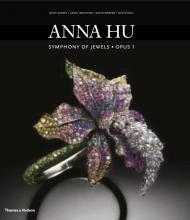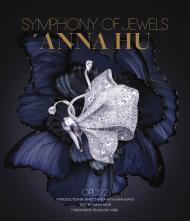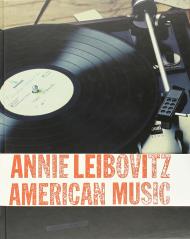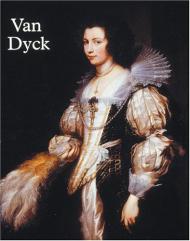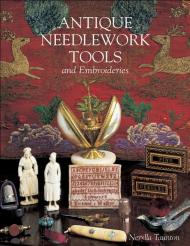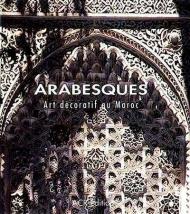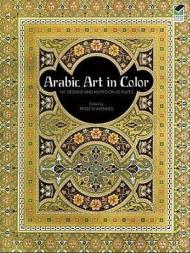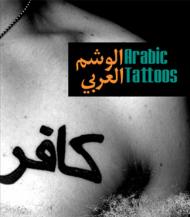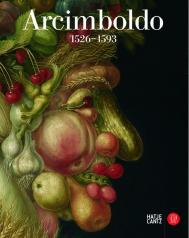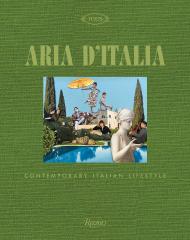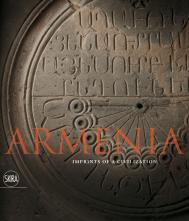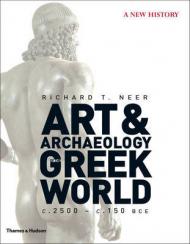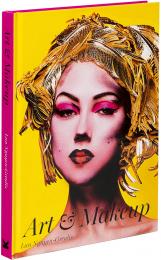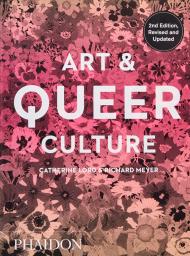Explores the current interrelationship between politics, art, and activism.
This book explores the current interrelationship between art, activism, and politics. It presents new visual concepts and commentaries that are being used to represent and communicate emotionally charged topics, thereby bringing them onto local political and social agendas in a way far more powerful than words alone. It looks at how art is not only reflecting and setting agendas, but also how it is influencing political reaction. Consequently, Art & Agenda is not only a perceptive documentation of current urban interventions, installations, performances, sculptures, and paintings by more than 100 young and established artists, but also points to future forms of political discourse.
More About This Book
Life has become significantly more political in the new millennium, especially in the aftermath of worldwide financial crisis. Art is both driving and documenting this upheaval. Increasingly, new visual concepts and commentaries are being used to represent and communicate emotionally charged topics, thereby bringing them onto local political and social agendas in a way far more powerful than words alone.
Art & Agenda explores the current interrelationship between politics, art, and activism. The book introduces a variety of artists who are advocating political and social reform on a local or a global scale. The personalities and approaches of the featured artists are as diverse as their subject matter - the artists’ goals, techniques, and degrees of radicalness depend on the cultures to which they belong as well as the social and political circles in which they move. Some of the younger artists featured in the book are fighting against poverty and for women’s rights. Others are working to rebuild Haitian communities in the wake of that country’s devastating earthquake. Still others are using mass communication to criticize transnational oil companies. While Latin American artists are expressing their powerlessness in the face of totalitarian governments, Chinese artists are commenting on the radical changes taking place in their country, calling for human rights and freedom, and an end to cronyism and environmental destruction.
The book looks at how art is not only reflecting and setting agendas, but also how it is influencing political reaction. Consequently, Art & Agenda is not only a perceptive documentation of current urban interventions, installations, performances, sculptures, and paintings, but also points to future forms of political discourse.
In addition to presenting the diverse work of more than 100 artists, the book features comprehensive and insightful texts by curators Pedro Alonzo, Alain Bieber, and Silke Krohn as well as by Gregor Jansen, the director of the Kunsthalle Düsseldorf.
Contributors include established artists such as Ai Weiwei, Elmgreen & Dragset, Fernando Bryce, Gregor Schneider, Hank Willis Thomas, Jennifer Karady, Jota Castro, Marina Abramovic, Maurizio Cattelan, Milica Tomic, Paul McCarthy, Santiago Sierra, William Kentridge, and Zhang Huan as well as newer talent such as Aram Bartholl, Brad Downey, JR, Shepard Fairey, Swoon, Voina Group, YesMen, and Ztohoven
